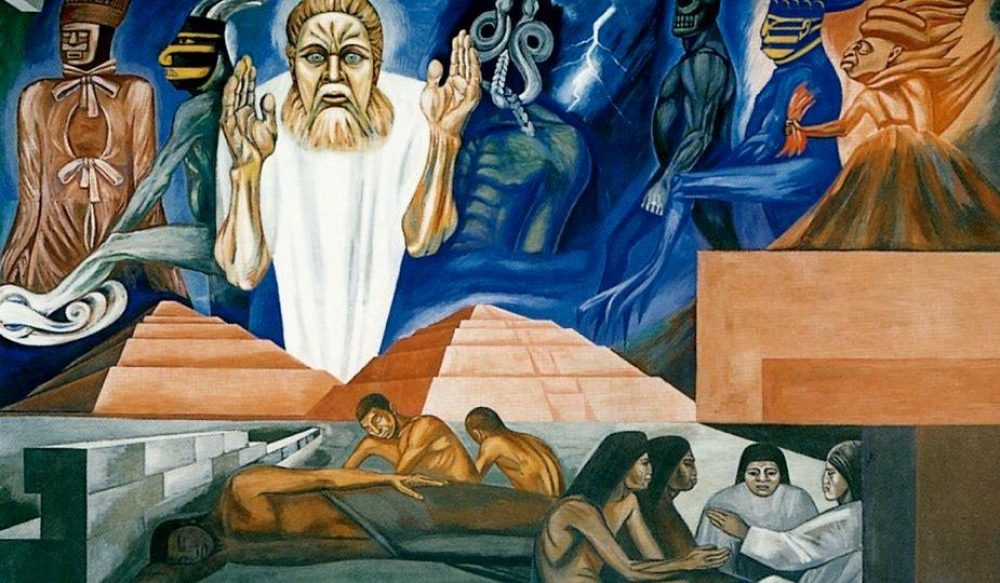My first impressions of the Orozco murals were that they were painted in very vibrant colors. In addition to the eye-catching hues, there was almost an overwhelming amount of detail. With all the detail in the mural it is imperative that one looks at it panel by panel to grasp it in its entirety. This may or may have not been a part of Orozco’s intent. When I took a closer look, I noticed that not all the panels were as vibrant as I had initially thought. For example, the first panel of the mural, “Migration” was painted with darker earthier tones than the rest of the panels. The subdued colors may signify the beginning of a society that still has yet to take shape. I like Orozco’s idea of chronology and how he presents it in The Epic of American Civilization. I think he was successful in capturing the development of American civilization even though he jumps from the everyday lives of indigenous peoples to the industrial age.
Category Archives: Discussions
Why Mexican Murals?
Public Art Spaces
I believe the purpose of public art is to give a voice to a space. Throughout the course we have seen many examples of art serving as a voice—usually within the political realm. However, public art space is limited. Museums serve as an alternative space specifically designated to display art. Additionally, museums protect art that would otherwise be vulnerable in a public space. Museums allow for art to be expressed through different mediums that may be more fragile in the hands of the public. Museums protect art so that more may see and experience its message.
The Hovey murals illustrate that art is more than just an aesthetically pleasing image. As a response to the Orozco murals, the Hovey murals were meant to speak for what Humphrey felt was the official culture of Dartmouth College. However, Humphrey’s ideas of what he and others thought were appropriate at the time are now recognized as racist and sexist. Additionally, the Hovey murals show the role authority has over art. Dartmouth allowed these paintings to be displayed, but as they became increasingly more unacceptable by society Dartmouth covered them and ultimately closed the room. The murals were no longer accessible—their messages censored. As a Native American women who does not want the idea of the stereotypical Indian perpetuated in society, I am happy that the room has been censored to some extent. However, I think that the room should be opened by a curator for students for educational purposes more frequently—not just by appointment. Before Professor Moody mentioned these murals in class I had no idea they existed. Making the room more available for educational purposes would help make a better informed campus. This would ultimately contribute to a better informed society about how Native Americans were and are seen as a people. I believe Dartmouth took a step in the right direction by not denying the existence of these problematic murals, but I think more could be done.
